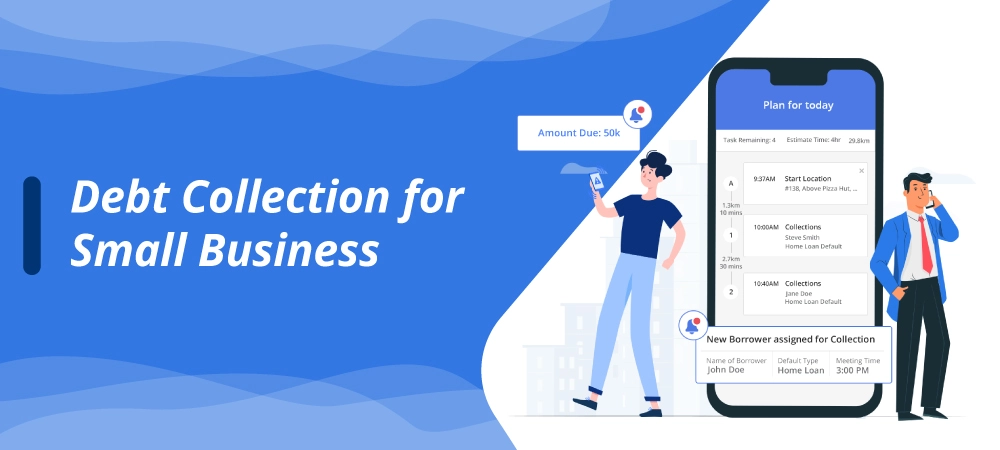Few things are more frustrating than dealing with a client who won’t pay for products or services that you provided. And while you may want to head over to their home or office with a sock full of pennies, it’s best that you take a legal and calculated approach.
At some point, every company will encounter a situation where a client doesn’t pay on time, refuses to pay altogether, or can’t afford to pay the full amount for services rendered. While each of these situations is notably frustrating, it’s important that you respond in the appropriate manner. How you respond will not only impact your chances of collecting on the debt, but it’ll also reflect on your brand image.
If you’ve been around for any measure of time, then you likely know that small business debt collection typically involves money owed from customers who fall into one of three categories:
1.Customers who will go to any lengths necessary to avoid paying.
- Customers who have lots of payments due at once and pay them off sporadically.
- Customers who normally pay on time, but can’t because of financial issues.
“In general, you will want to ensure that your clients and customers fall into the last two categories,“You will be able to manage and work with those that fall into the last two categories because they have a history of making full or partial payments. As a small business owner, however, you need to be able to devise a strategy and method for figuring out which clients and customers fall into the first category.”
It’s also important to recognize that not all debts and delinquent payments are the same. For example, a N250,000,00. debt from a long-time client who has never missed a payment is not equal to a N15,000.000.00 debt from a new client who has yet to pay you for any services rendered. You can’t take a narrow approach to debt collection. Everything happens on a per-case basis and you must be willing to adapt to the circumstances.
TIPS TO GETTING YOUR CUSTOMER PAY UP.
It doesn’t matter if the client is someone you know personally and have a great relationship with or a brand new client that you’re angry with — you have an obligation and a right to collect the money you’re Owed. The key is to be strategic in how you approach these situations.
- STAY CALM
When you’ve provided services for a client and they don’t pay you on time, your natural inclination is to be infuriated (and you have a right to be upset). But it’s imperative that you take a deep breath and stay calm. The angrier you get, the less likely that you’ll collect on the full debt. The client will feel your wrath, will take it personally, and won’t feel like cooperating (at least not in at timely manner).
“Your mental state has a strong impact both on how you handle the debtor and how they respond to you,” collections expert says. “Treat each call as if it was your first call of a very good day. Put a smile on your face. If you were irritated on the previous call, take a few minutes to calm yourself and start afresh. The debtor will respond to your tone. Your upbeat mood will be contagious and you are likely to get a more positive response from the debtor.”
- KNOW YOUR RIGHT
If you don’t have any professional training in accounts receivable or debt collection, then you’re probably blindly fumbling your way through the process of collecting payments. The sooner you educate yourself on your rights and legal options, the better off you’ll be. Not only will you understand the actions that can and can’t be taken, but you’ll also become more confident in your interactions with customers.
For example, did you know that you can legally search for someone’s information if that individual is evading your debt collection efforts? While there’s no free online lookup service, you can go through the legal steps to find someone’s information hence the freedom of information bill has been passed into law. so that you can move things along.

